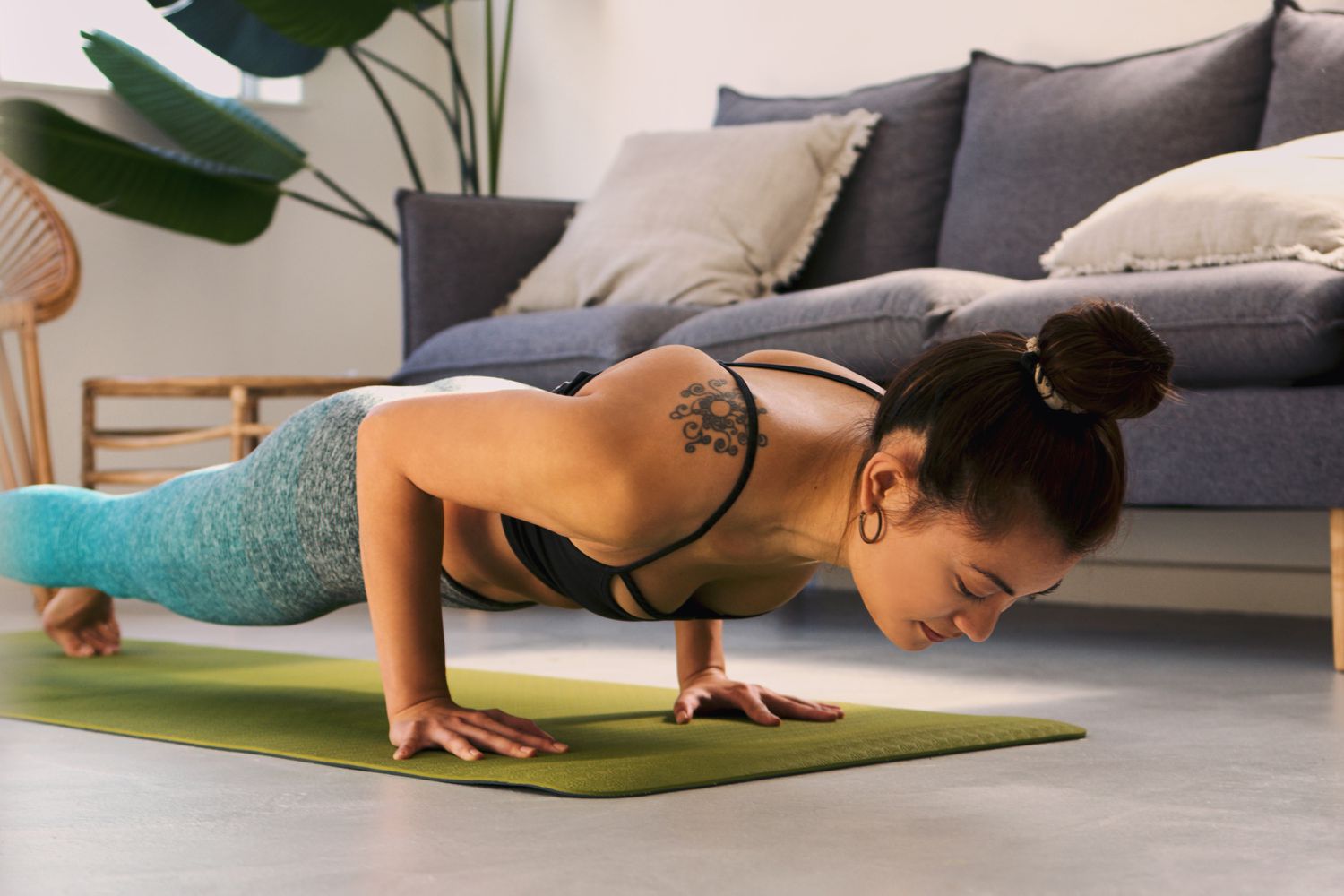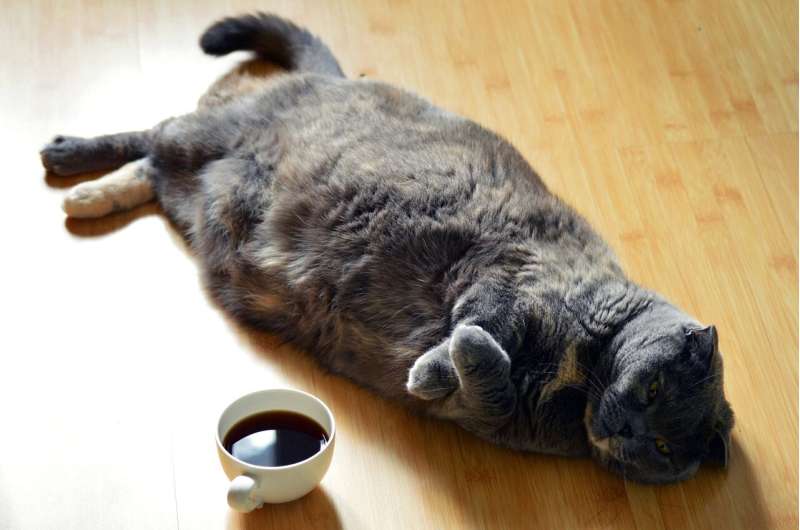All You Need to Know About Pushups: Targeted Muscles, Different Variations, and Expert Tips

Pushups, renowned for their portrayal of physical strength, often feature in on-screen workout sequences in films such as G.I. Jane where Demi Moore's one-arm pushups take the spotlight. They also consistently make the cut for 30-day challenges and bodyweight exercise plans.
The reason pushups are so popular is that they are a simple, no-gear-needed, total body exercise that promotes strength and muscular durability. Anticipate an increase in muscle bulk across your chest, shoulders, and triceps. Additionally, they offer numerous variations concentrating on distinct muscles in your upper body, adding diversity to your workouts.
If you're thinking about including pushups in your workout plan, you should know more about the muscles they work on, their advantages, and an assortment of variations you can try out.
Predominantly, pushups work on the chest muscles, with numerous other muscles playing a part as primary and secondary movers and stabilisers. As expressed by Kellie Kopach, EdD, a fitness instructor at Life Time, pushups essentially are a total upper-body exercise.
Aside from this, pushups serve as a handy and effective exercise for targeted upper body strength and conditioning. Moreover, expect to engage your abdominal, back, and hip flexor muscles in order to stay stable while performing the movement. This may help prevent and alleviate lower back pain.
According to Mike Masi, DPT, a physical therapist, orthopedic expert, and advisor with Garage Gym Reviews, the manner in which pushups are executed can emphasize different muscles to achieve various training effects, such as focusing on shoulder stabilization, chest workout, arm workout, and so forth.
Pushups are also successful in building robust pecs, triceps, and deltoids, enhance wrist mobility, reinforce core strength, and stability. Adjusting elements like the angle, arm position, or pace, they can also be modified to complement your personal fitness level and goals. With pushups, as pointed out by Dr. Masi, it is comfortably achievable to control the difficulty of the exercise by elevating the surface your hands are on.
From a health perspective, incorporating pushups can improve strength, muscle mass, posture, upper body bone density as well as stability in the spine.
Studies illustrate that a higher ability to perform more pushups is linked with fewer cardiovascular events over a decade. This suggests that an elevated baseline pushup capability implies a healthier heart. Other benefits of pushups are also highlighted.
Pushups are bodyweight resistance exercises that boost strength and muscular endurance in the upper body, predominantly focusing on your chest, triceps and core. They are notably advantageous to beginners in resistance training and those who are smaller or not as strong but aspire to build strength necessary for heavier compound movements like bench presses.
Even though the bench press is classified as an open kinetic chain exercise whilst the pushup is a closed chain exercise, the movement for both requires shoulder horizontal flexion and elbow flexion and extension. Pushups are a fantastic way to build the required strength for newcomers to weight lifting who may find it challenging to use a barbell (typical weight 45 pounds) to bench press.
If you persistently up the volume and challenge of your pushups, you can develop lean muscle mass that enhances your body composition (ratio of fat mass to nonfat mass and muscle). This will, in turn, speed up your metabolism. Given that muscle requires more energy than fat, it leads to an increase in calories burned at rest, assisting in maintaining weight balance.
Bonus points for improving your body composition is that it offers protection against insulin resistance, aiding in the prevention of diabetes and muscle deterioration. It may even help control hunger and regulate food consumption, further assisting in a healthy weight balance.
Modifying the angle or hand positioning of a pushup can focus on different muscles, depending on your fitness goals. Here are some pushup variations with unique benefits recommended by Dr. Masi and Dr Kopach.
Pushups can be made easier by performing them with your hands elevated on a stable surface like a bench. This variation is ideal if you find ordinary pushups too difficult or want to increase repetitions to develop muscle mass.
Raising your lower body can enhance the rigor of pushups. 'Raising the feet begins to work on higher muscle fibers in the pecs, frequently referred to as the clavicular fibers,' remarks Dr Masi. Attempt this variation if you find conventional pushups too easy or wish to build more strength with fewer but more challenging repetitions.
Bringing your hands closer during this exercise activates the triceps more than the chest muscles. Research shows that muscle activation of pectoralis minor (upper chest), triceps brachii, and infraspinatus (mid-chest and rotator cuff) is greater during narrow grip push-ups than standard or wide grip versions.
Because pushups are a bodyweight exercise that requires no equipment, working them into your routine is easily done. At home or in the gym, pushups can be performed in a traditional plank position, or if this is too difficult, perform pushups against a wall or another inclined surface.
Pushups also are an excellent movement to add to a warm-up routine for other upper-body exercises, such as bench presses, triceps dips, deadlifts, or shoulder presses. They help bring awareness to your core, shoulders, triceps, and chest so you feel stable and engaged during heavier lifting.
On active rest days, practicing pushups can increase your spinal stability and functional strength while providing shoulder mobility work. They also are helpful exercises physiotherapists use to improve joint stability, prevent injury, and rehabilitate injuries.
Always maintain an engaged core without allowing your spine to arch or curve. Be mindful of your shoulder, wrist, and elbow joints, avoiding any variation that causes pain. If you have trouble placing your hands flat on the floor, you can do pushups with dumbbell handles under your hands instead.




